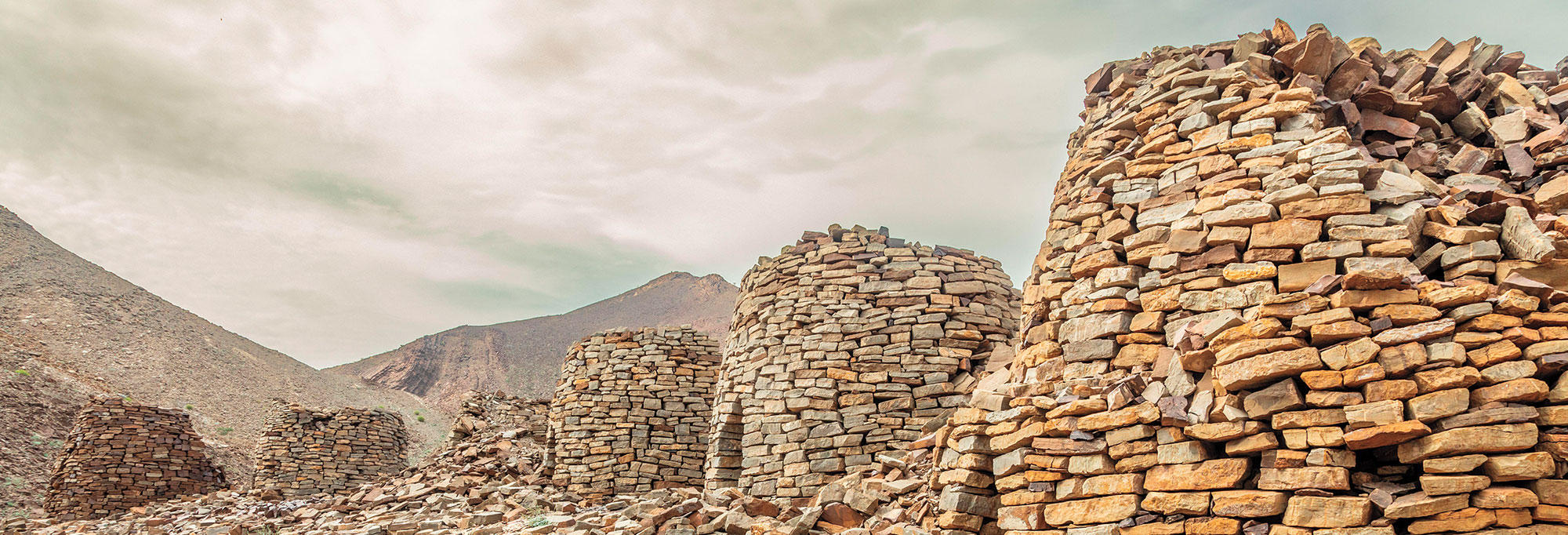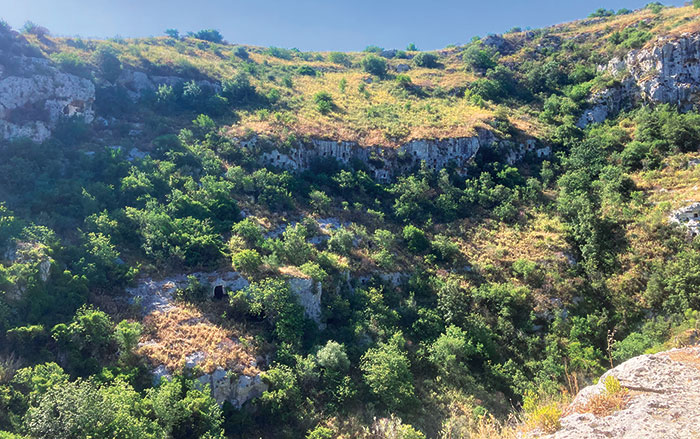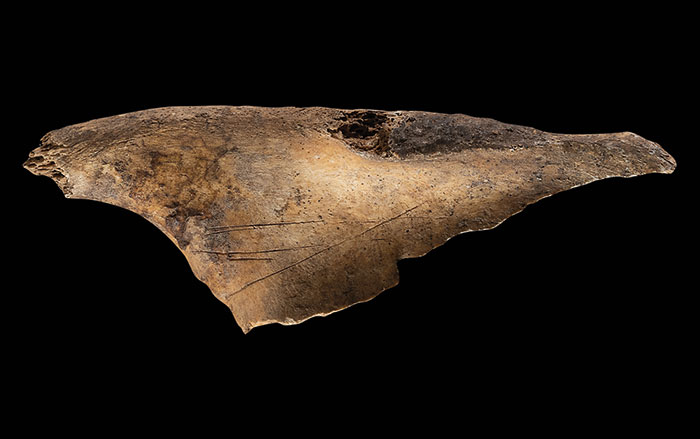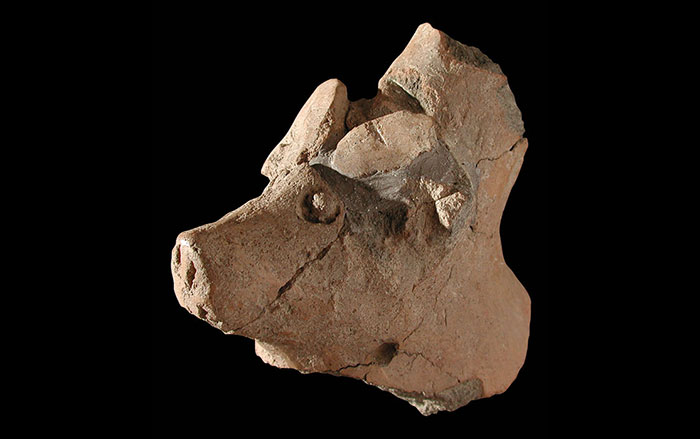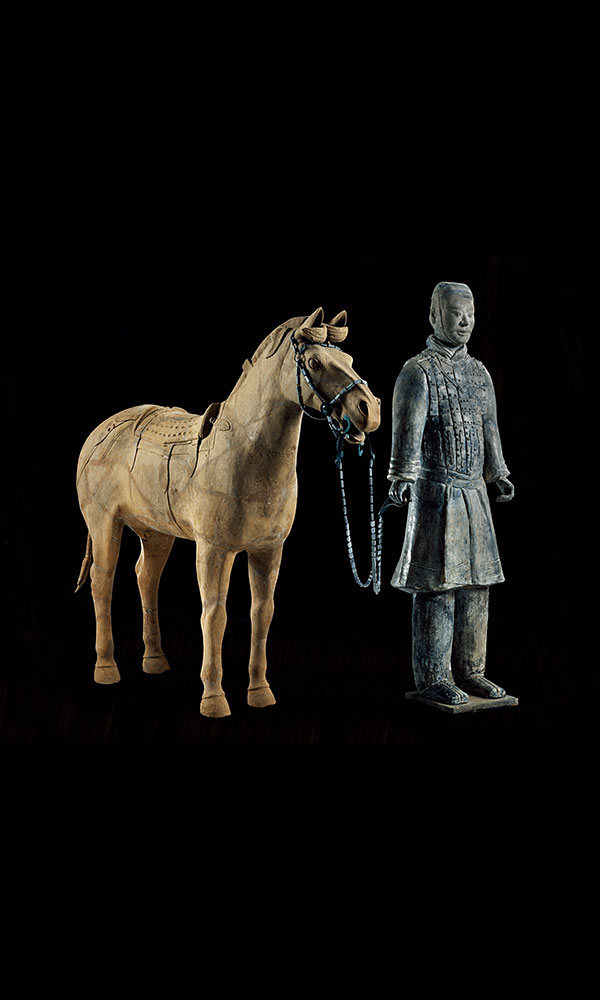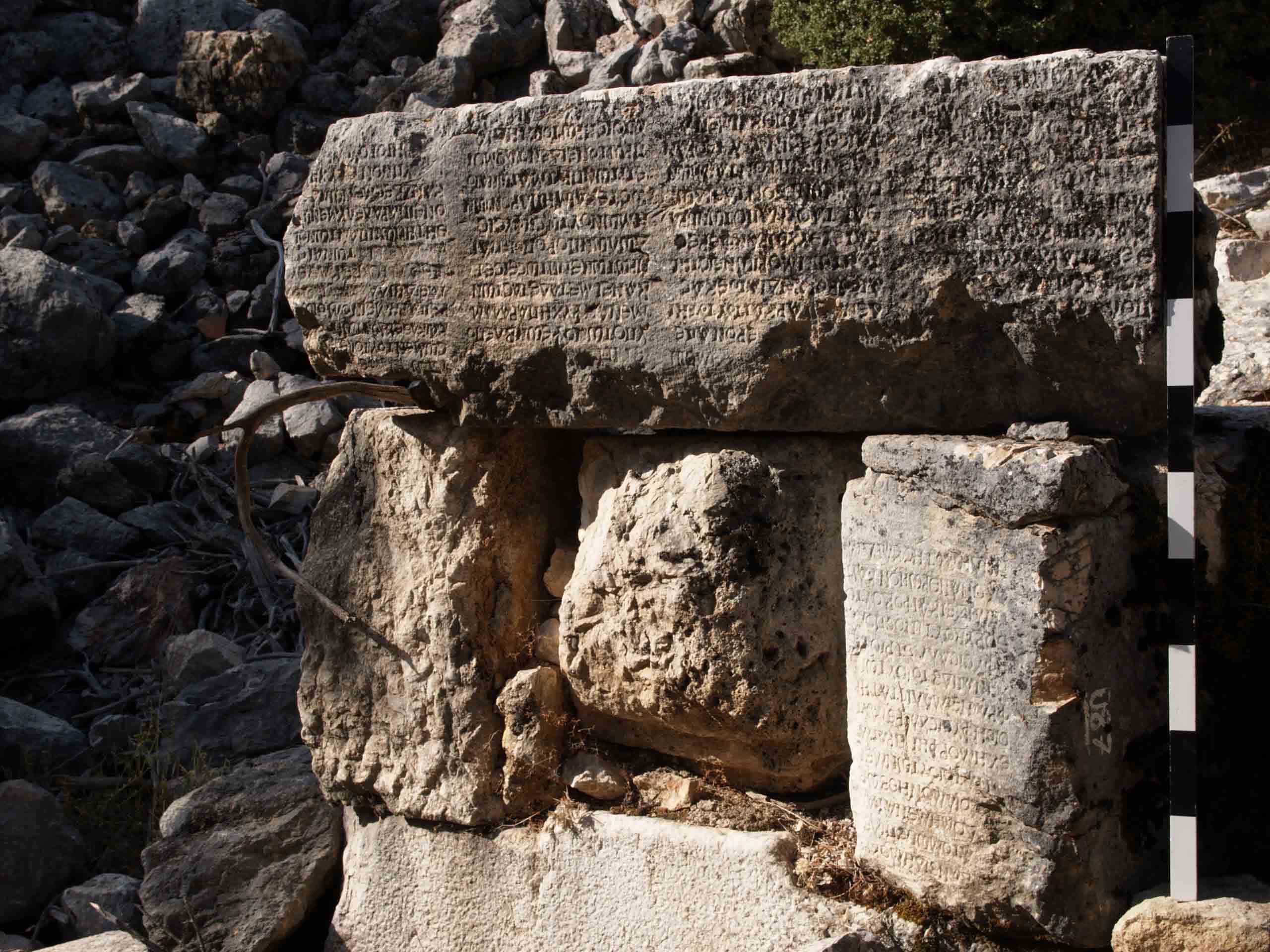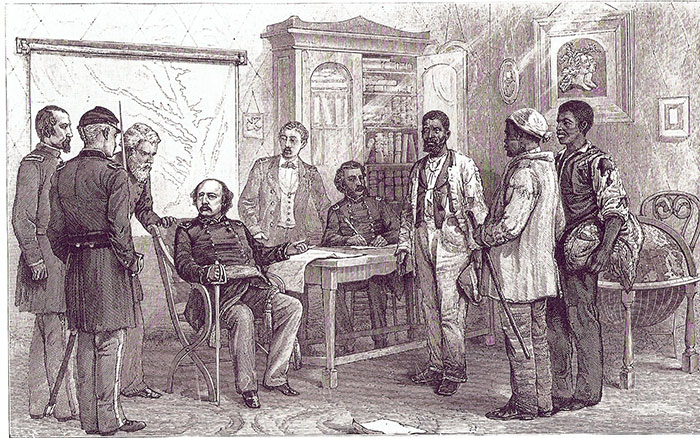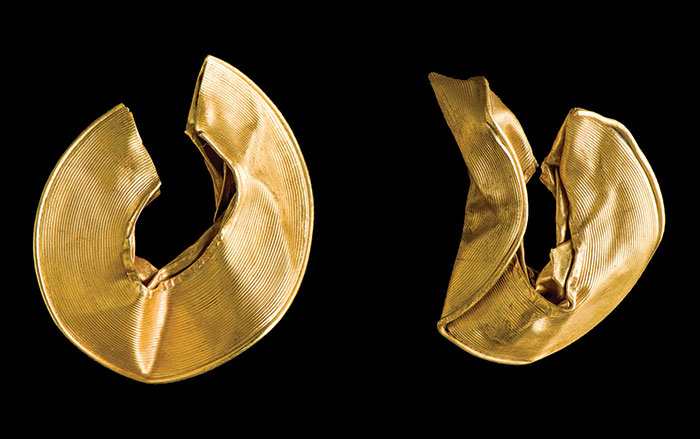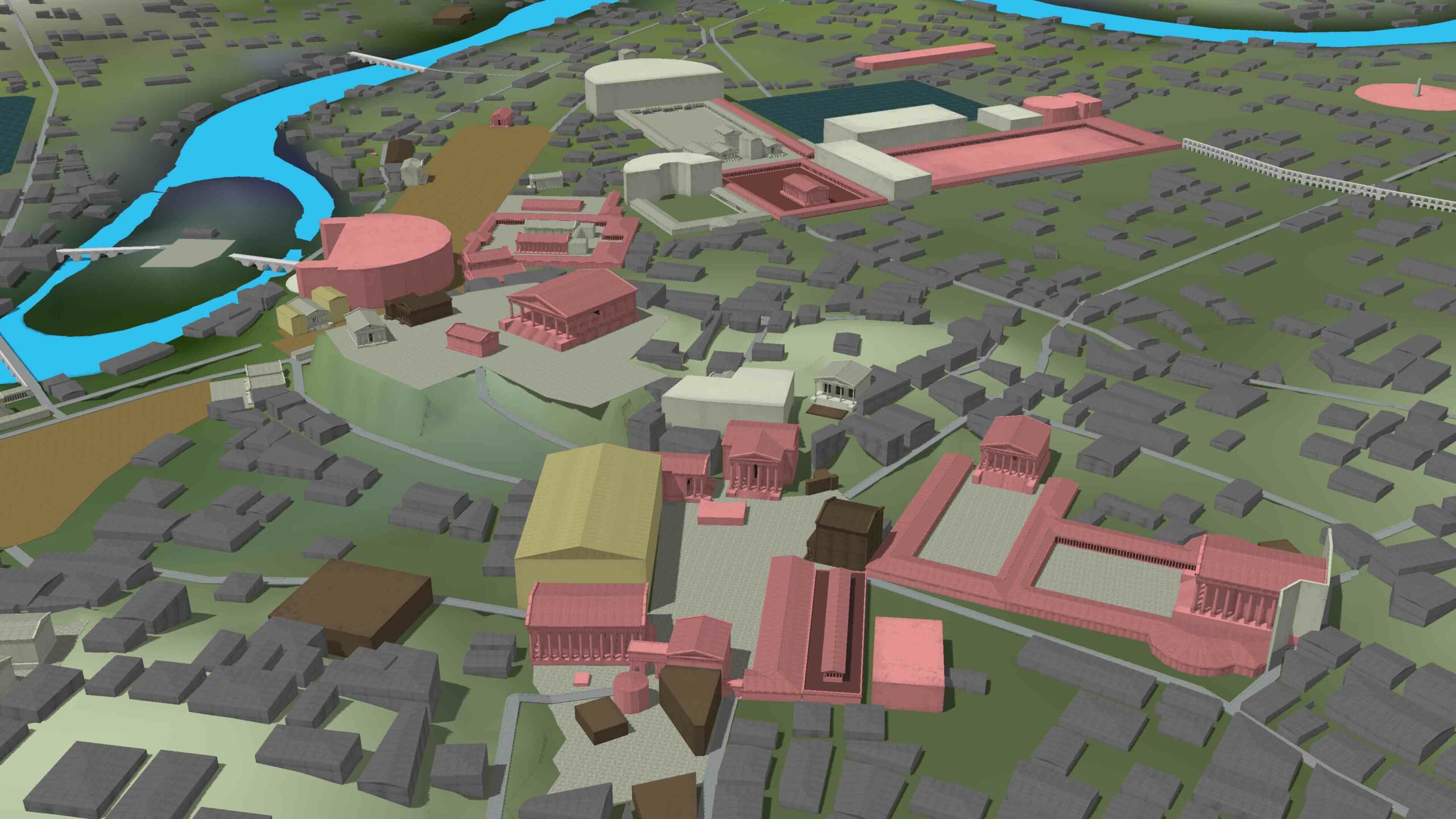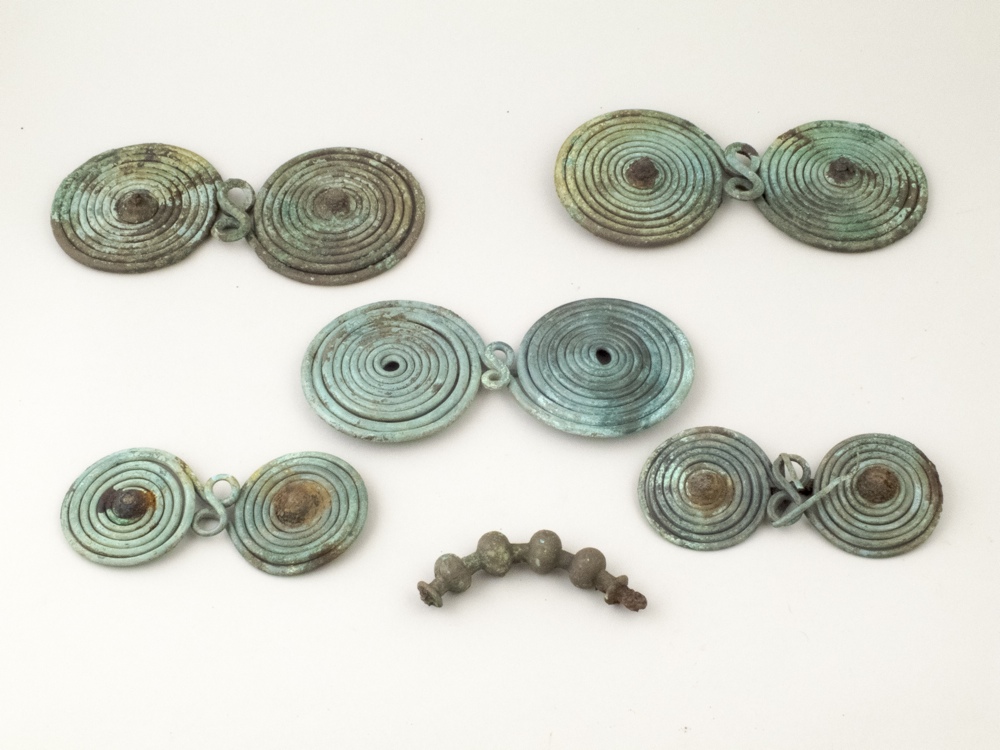
GLASGOW, SCOTLAND—Two Bronze Age hoards have been discovered at Tărtăria-Podu Tărtăriei vest, a site in a small ravine in southern Transylvania, according to a report in Live Science. One of the eighth-century hoards consisted of 300 artifacts, while the other had 50 objects. Both contained parts of horse harnesses, double axes, short swords, spears, brooches, foot and arm bracelets, pendants, torques, beads, and hairpins. “The majority of the objects are made of bronze, yet there are also weapons and tools made of iron,” Corina Bors of the National History Museum of Romania said in a presentation at the recent meeting of the European Association of Archaeologists. She thinks that the hoards may have been left as gifts for the gods. “It’s plausible to believe that this offering was made by somebody with high social status,” she said. This discovery marks the first time that scientists have been able to excavate an intact Bronze Age hoard in Romania. Analysis of the artifacts could shed light on prehistoric trade routes in the region. To read about another hoard, consisting of 22,000 coins, go to "Seaton Down Hoard."


